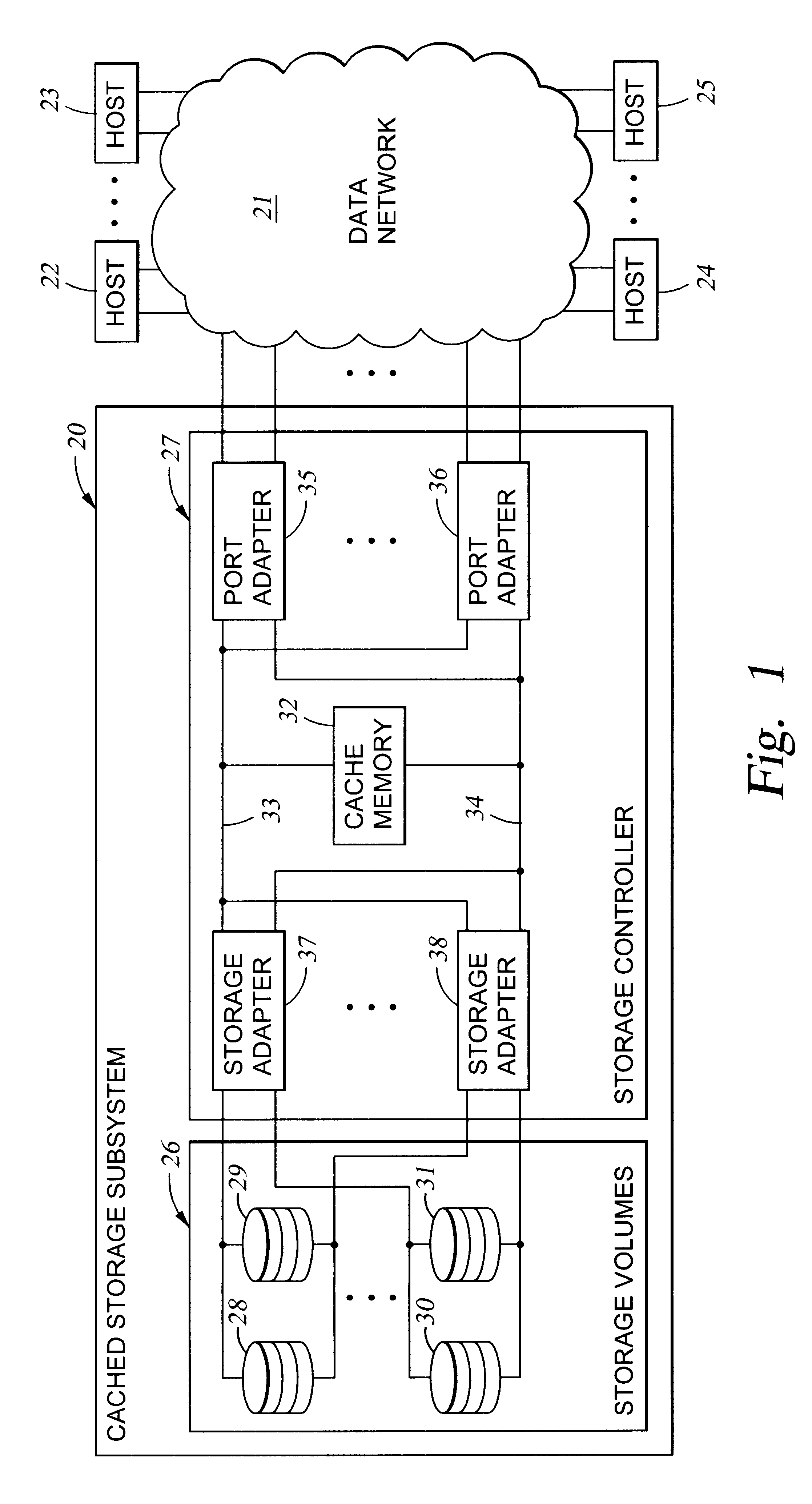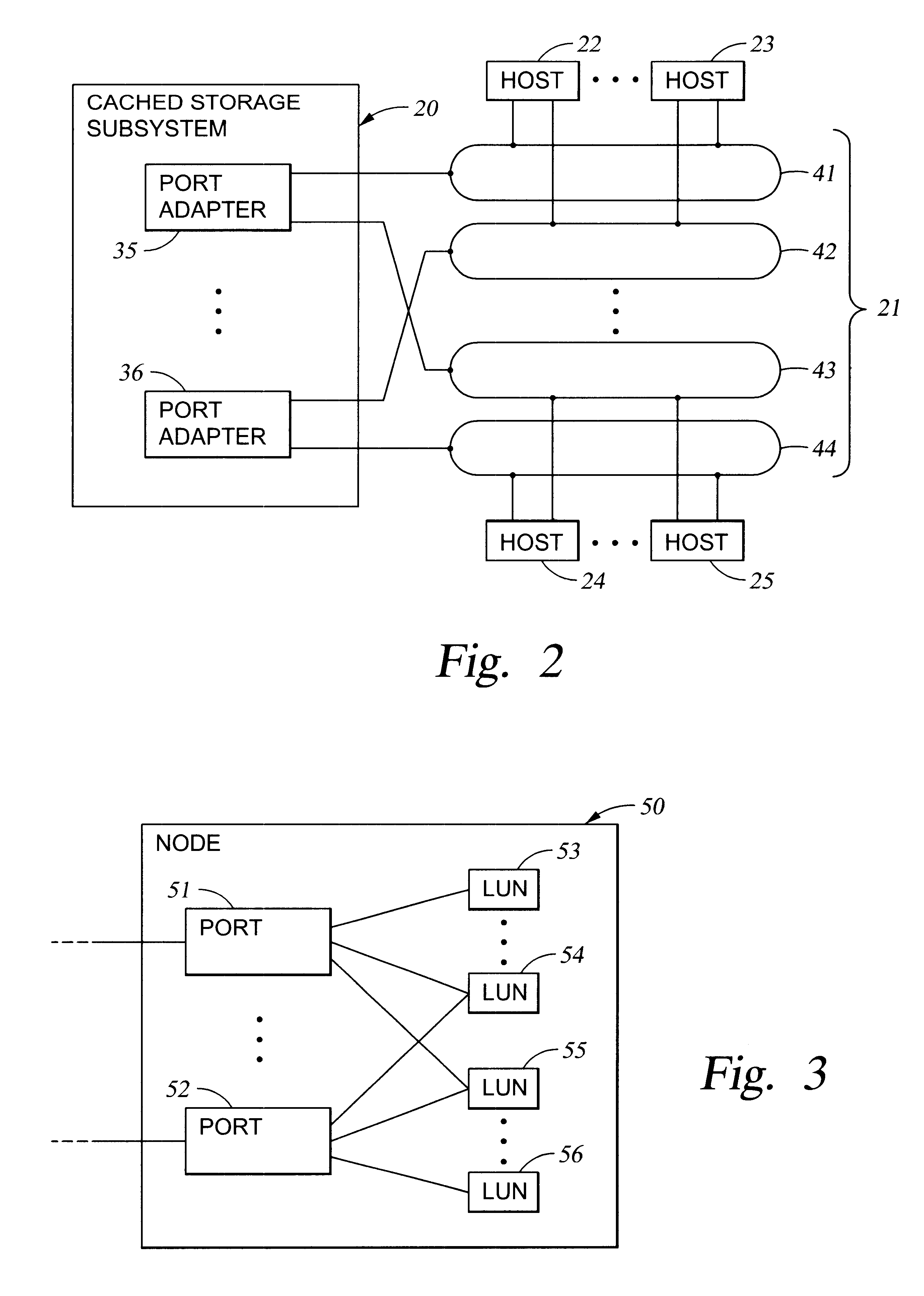Authentication of a host processor requesting service in a data processing network
a data processing network and host processor technology, applied in the field of secure authentication of objects, can solve the problems of burden that needs to be placed on the user, the user's password can be easily intercepted, and the user's password is often changed or changed frequently,
- Summary
- Abstract
- Description
- Claims
- Application Information
AI Technical Summary
Benefits of technology
Problems solved by technology
Method used
Image
Examples
Embodiment Construction
which is zero if there is only one V_PORT associated with the host controller port and otherwise points to a list of additional virtual port mapping table indices to rows of information about additional virtual ports to which the host controller has access through the port adapter.
The HOST_ID, for example, is the IP address of the host controller port. The HOST_ID could have the same format as the volume group name of the table in FIG. 5; i.e., a host name and controller sequence number
If the optional lists of indices to the virtual port table are not used, the V_PORT LIST POINTER would simply be a flag indicating whether or not there is more than one virtual port associated with the host controller port. If there is only one, it is found in the V_PORT INDEX column of the virtual port host table. If there is more than one, then the entire list can be found by scanning the HOST INDEX column of the virtual port mapping table 282 for entries having a HOST INDEX matching the index of th...
PUM
 Login to View More
Login to View More Abstract
Description
Claims
Application Information
 Login to View More
Login to View More - R&D
- Intellectual Property
- Life Sciences
- Materials
- Tech Scout
- Unparalleled Data Quality
- Higher Quality Content
- 60% Fewer Hallucinations
Browse by: Latest US Patents, China's latest patents, Technical Efficacy Thesaurus, Application Domain, Technology Topic, Popular Technical Reports.
© 2025 PatSnap. All rights reserved.Legal|Privacy policy|Modern Slavery Act Transparency Statement|Sitemap|About US| Contact US: help@patsnap.com



